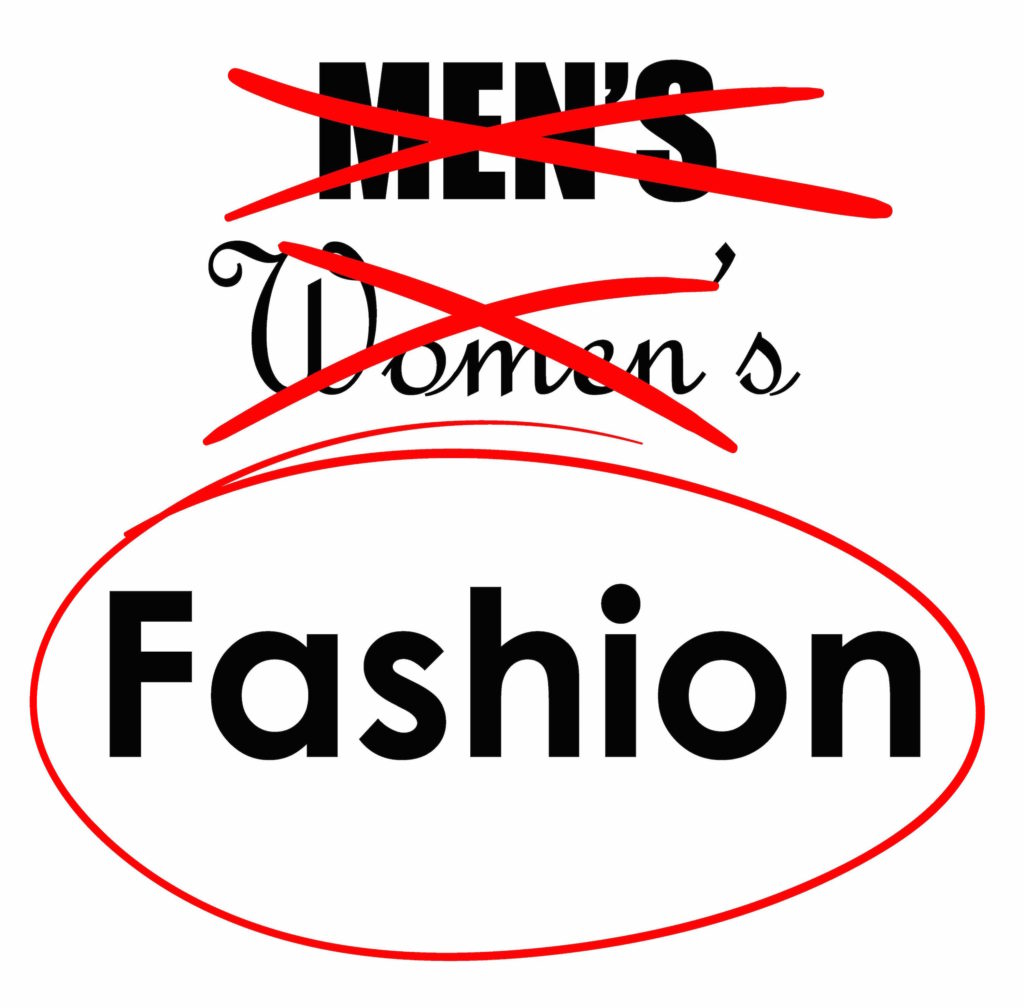Gucci is blurring the gender lines and bringing us into a new age of fashion

Gucci has announced that, starting with the Fall 2017 shows, there will be no more distinction between men’s and women’s fashion week. The brand will instead combine the two shows into one, showcasing their men’s and women’s designs together.
This comes as no surprise to followers of Gucci’s shows. They have, in recent seasons, been showcasing multiple genders in every show regardless of the gender specific expectation that comes with runway. Even though they are certainly not the first designer brand to do this, no one does it quite as well as Alessandro Michele, Gucci’s creative director since 2015. His creative silliness and love of vintage design has truly turned the reputation of the Gucci house around.
This decision is both financially and creatively sound. Every few years, it seems that more seasons and shows are added to the roster, forcing designers to work at breakneck speeds in order to keep up. In an industry where designer burnout has become a significant problem, Gucci’s decision to combine both menswear and womenswear will reduce the yearly number of shows from six to four. This decision also further strengthens the importance of the brand’s aesthetic and how it does not change across gender.
Another benefit is the immense cost savings that will result from less shows. As fashion moves forward, designers have embraced the trend of bigger equals better, resulting in extreme costs to put on such a show. Each of Gucci’s collections can cost up to one million euros, from venue and installation costs to hiring professionals, to bring it to the catwalk.
This announcement also foretells the impending shift to a more gender-fluid style, which the industry has slowly been heading towards for some time. Gucci is certainly not the first fashion brand to make a move in this direction.From Jaden Smith’s Louis Vuitton womenswear advertisement to the success of famous gender-fluid model Andrej Pejic, high fashion appears to be shunning gender stereotypes and bringing us into a new era of equality.
It was best said by Ken Downing, Neiman Marcus’s fashion director, in The New York Times. “What we’re seeing now,” he said, “is a seismic shift in fashion, a widening acceptance of a style with no boundaries, one that reflects the way young people dress.”






















